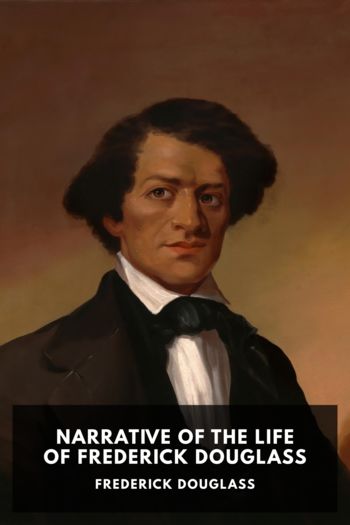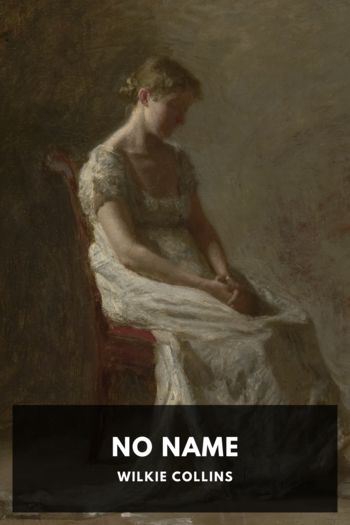The Woman in White, Wilkie Collins [top ten ebook reader txt] 📗

- Author: Wilkie Collins
Book online «The Woman in White, Wilkie Collins [top ten ebook reader txt] 📗». Author Wilkie Collins
By Wilkie Collins.
This ebook is the product of many hours of hard work by volunteers for Standard Ebooks, and builds on the hard work of other literature lovers made possible by the public domain.
This particular ebook is based on a transcription produced for Project Gutenberg and on digital scans available at the Internet Archive.
The writing and artwork within are believed to be in the U.S. public domain, and Standard Ebooks releases this ebook edition under the terms in the CC0 1.0 Universal Public Domain Dedication. For full license information, see the Uncopyright at the end of this ebook.
Standard Ebooks is a volunteer-driven project that produces ebook editions of public domain literature using modern typography, technology, and editorial standards, and distributes them free of cost. You can download this and other ebooks carefully produced for true book lovers at standardebooks.org.
To
Bryan Waller Procter;
From one of his younger brethren in literature,
who sincerely values his friendship,
and who gratefully remembers
many happy hours spent in his house.
The Woman in White has been received with such marked favour by a very large circle of readers, that this volume scarcely stands in need of any prefatory introduction on my part. All that it is necessary for me to say on the subject of the present edition—the first issued in a portable and popular form—may be summed up in few words.
I have endeavoured, by careful correction and revision, to make my story as worthy as I could of a continuance of the public approval. Certain technical errors which had escaped me while I was writing the book are here rectified. None of these little blemishes in the slightest degree interfered with the interest of the narrative—but it was as well to remove them at the first opportunity, out of respect to my readers; and in this edition, accordingly, they exist no more.
Some doubts having been expressed, in certain captious quarters, about the correct presentation of the legal “points” incidental to the story, I may be permitted to mention that I spared no pains—in this instance, as in all others—to preserve myself from unintentionally misleading my readers. A solicitor of great experience in his profession most kindly and carefully guided my steps, whenever the course of the narrative led me into the labyrinth of the Law. Every doubtful question was submitted to this gentleman, before I ventured on putting pen to paper; and all the proof-sheets which referred to legal matters were corrected by his hand before the story was published. I can add, on high judicial authority, that these precautions were not taken in vain. The “law” in this book has been discussed, since its publication, by more than one competent tribunal, and has been decided to be sound.
One word more, before I conclude, in acknowledgment of the heavy debt of gratitude which I owe to the reading public.
It is no affectation on my part to say that the success of this book has been especially welcome to me, because it implied the recognition of a literary principle which has guided me since I first addressed my readers in the character of a novelist.
I have always held the old-fashioned opinion that the primary object of a work of fiction should be to tell a story; and I have never believed that the novelist who properly performed this first condition of his art, was in danger, on that account, of neglecting the delineation of character—for this plain reason, that the effect produced by any narrative of events is essentially dependent, not on the events themselves, but on the human interest which is directly connected with them. It may be possible, in novel writing, to present characters successfully without telling a story; but it is not possible to tell a story successfully without presenting characters: their existence, as recognisable realities, being the sole condition on





Comments (0)